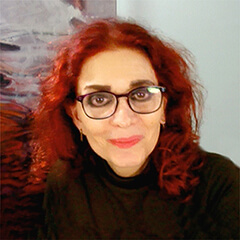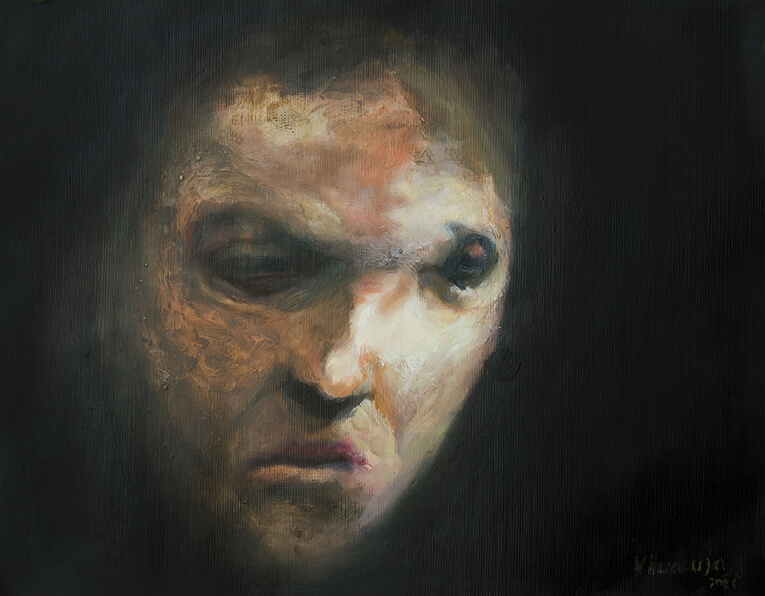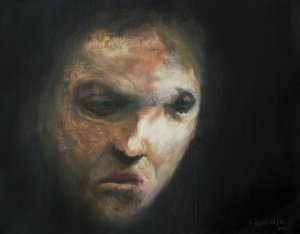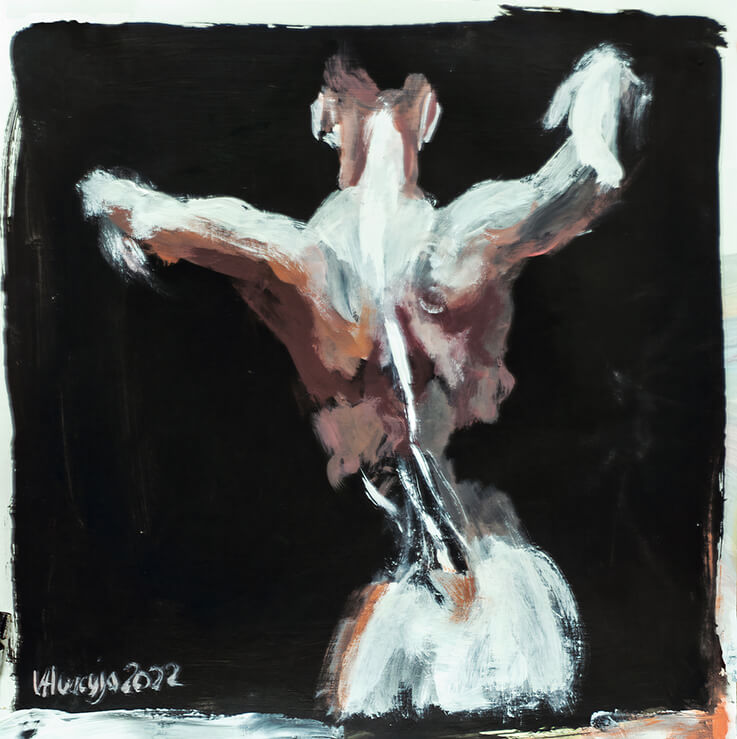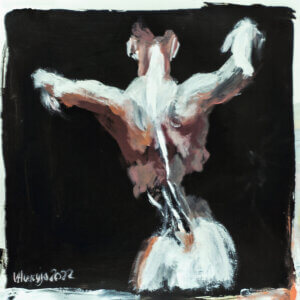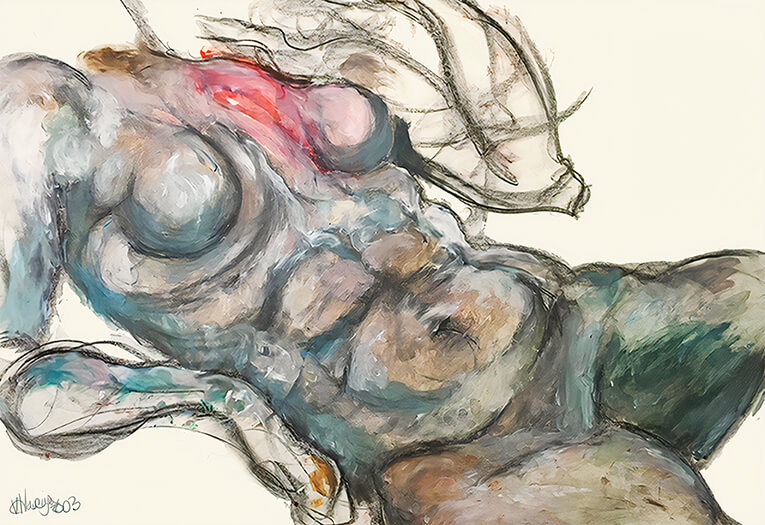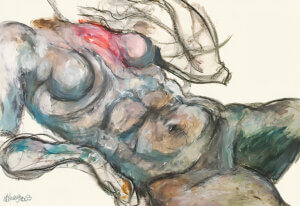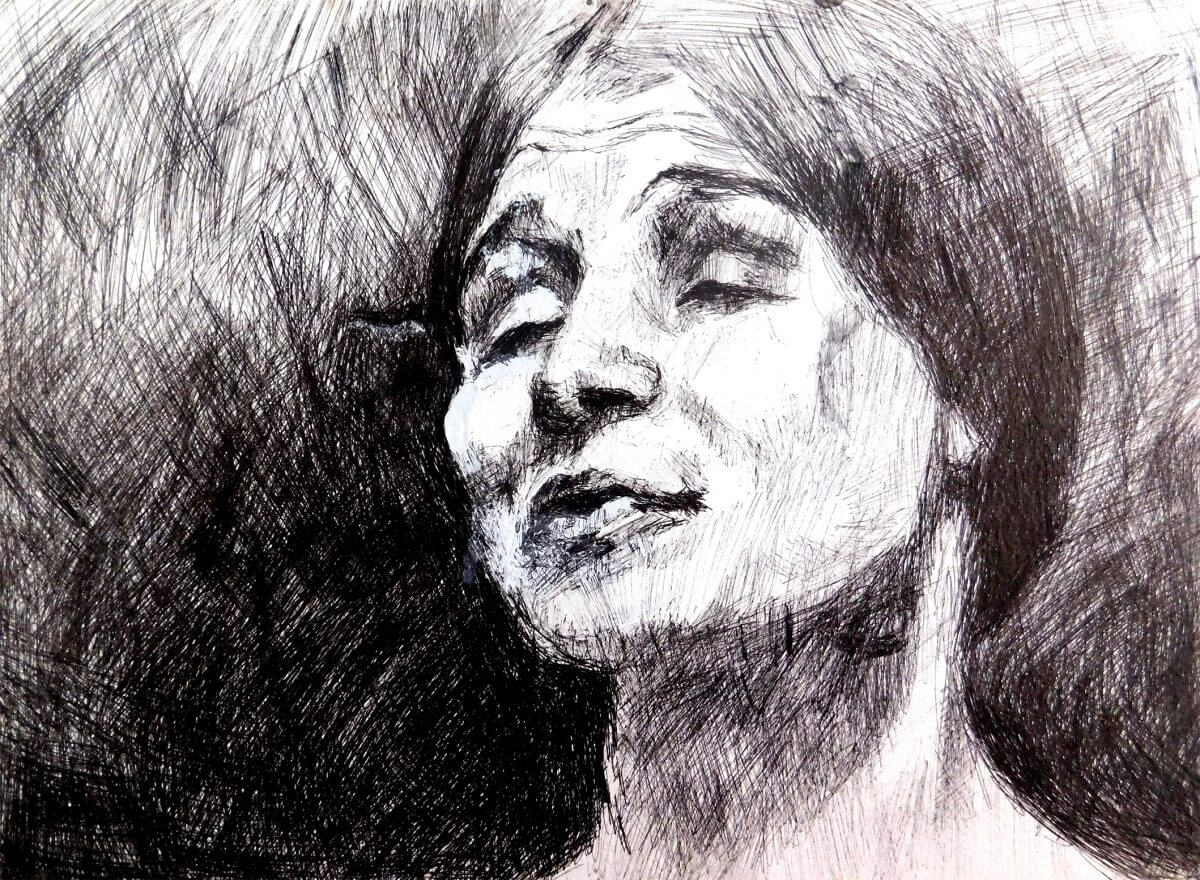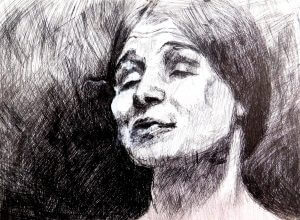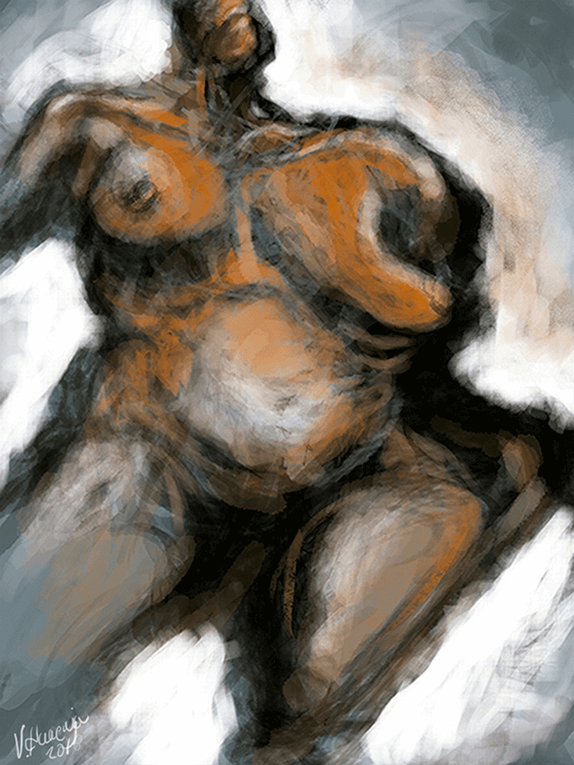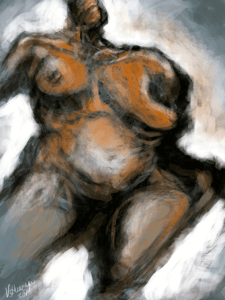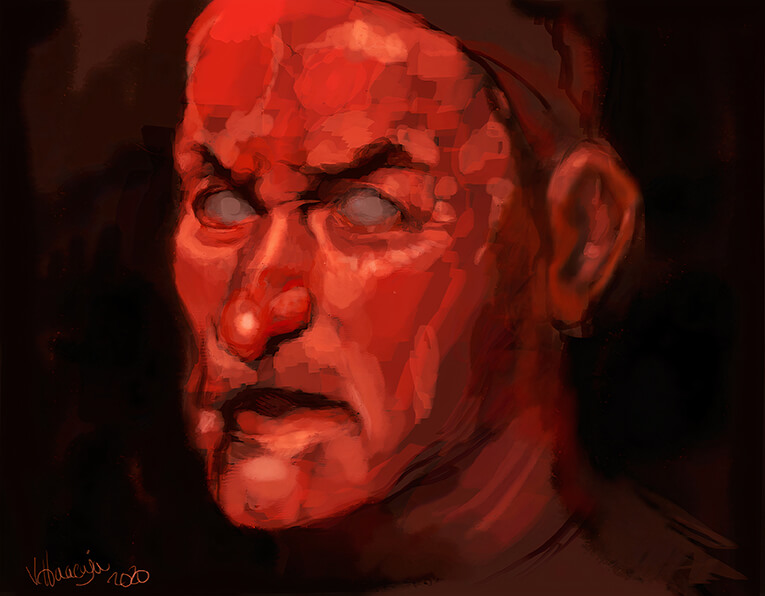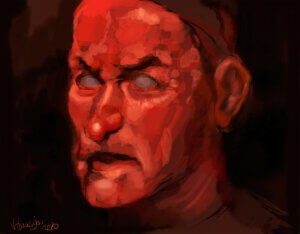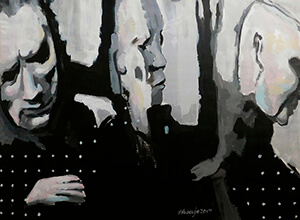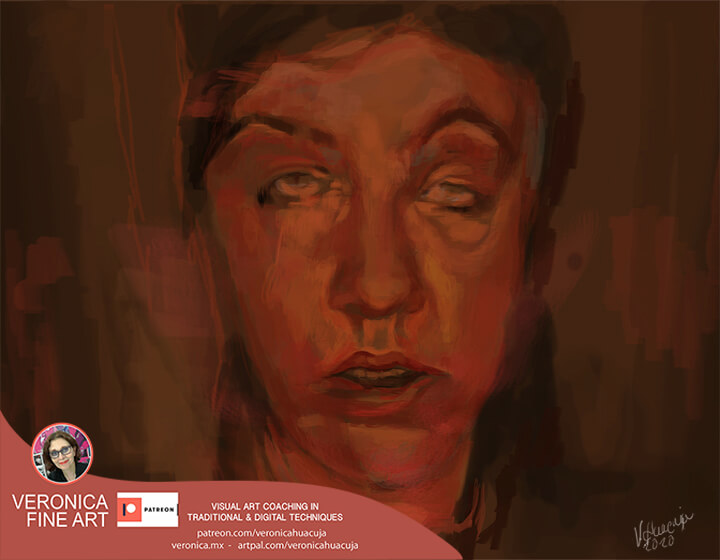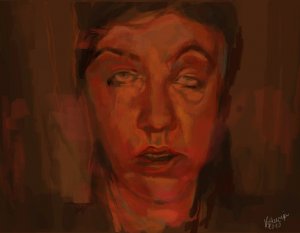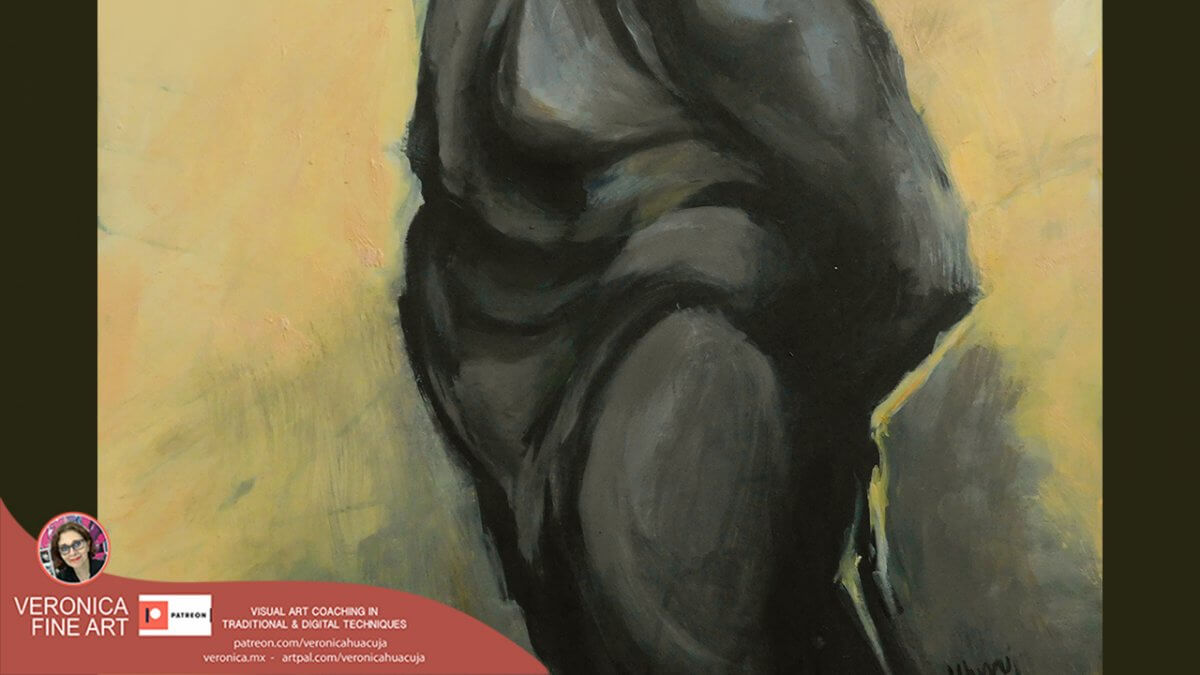Welcome to another Art Blog. My name is Veronica Huacuja. I'm a plastic artist, and an online art teacher for individuals and groups. I have some good tips for your painting process. Hope you find them useful.
PREVIOUS COMMENTS. This portrait is an homage to the women that lost their lives in the hands of Jack the Ripper a couple of centuries ago (1888). Their names, as we may know, are Mary Ann Nichols, Annie Chapman, Elizabeth Stride, Catherine Eddowes, and Mary Jane Kelly.
Since I began the work, I wanted to portray the troubled life and tragic deaths of these unknown (at the time) women. I created this artwork with deep respect towards them. So, I made a previous research.
This is the data sheet of the piece:
Title: A Whitechapel’s Woman
Artist: Veronica Huacuja
Medium: Oil on paper
Size: 33 x 28 x 0.1 cm
Year: 2017
Collection: Women
MY EXPERIENCE MAKING UP THE WORK. As I’ve mentioned on other occasions, I like to use innovative and various techniques in my workflow.
A PREVIOUS ACTIVITY. In this work, I made just like the grand master of painting Leonardo da Vinci, used to do when he searched in the homeless and impoverished people of his time models to paint their troubled faces. In my case, I did a similar task, but using the powerful tool that is the Internet. That's how I gathered information about the mentioned five canonical victims of Jack The Ripper.
On the other hand, I watched the American series, The Killing and found out an incredible scene performed by the actress Mireille Enos that I thought was just the exact initial source I needed at the time to make up the work. I made up various snapshots out of the cited scene, and selected one of them to work on it in a digital environment. In Photoshop, I deformed it, and changed the original source of light on the character's face based on the chiaroscuro masterpiece of Caravaggio (1571- 1610, Italy), David with the Head of Goliath (1607). To see some photos of-the-art process, head over to the following link.
After being satisfied with the digital results, I used them as initial resources for the work done with oil on paper, in a physical environment.
MATERIAL.
- The transformed image of Mireille Enos.
- A reproduction of Caravaggio's painting, David with the Head of Goliath.
- Adobe Photoshop and a digital tablet
- Oil paintings
- Oil paper
MAKING A MEANINGFUL REFLECTION FROM THE ABOVE. The historical research, referring to the artworks of the grand masters of painting of all times, and our personal and professional experiences provide us with enough information to make up an interesting artwork. Do you agree?
Visit any time:
My ART SHOP: https://veronica-huacuja.pixels.com
My BODY OF ART: https://veronica.mx
I offer an ONLINE PAINTING, DRAWINF, MODELING PROGRAM in traditional or digital techniques: https://veronica.mx/online_painting_course
Hope you enjoyed the work and thank you for reading.
